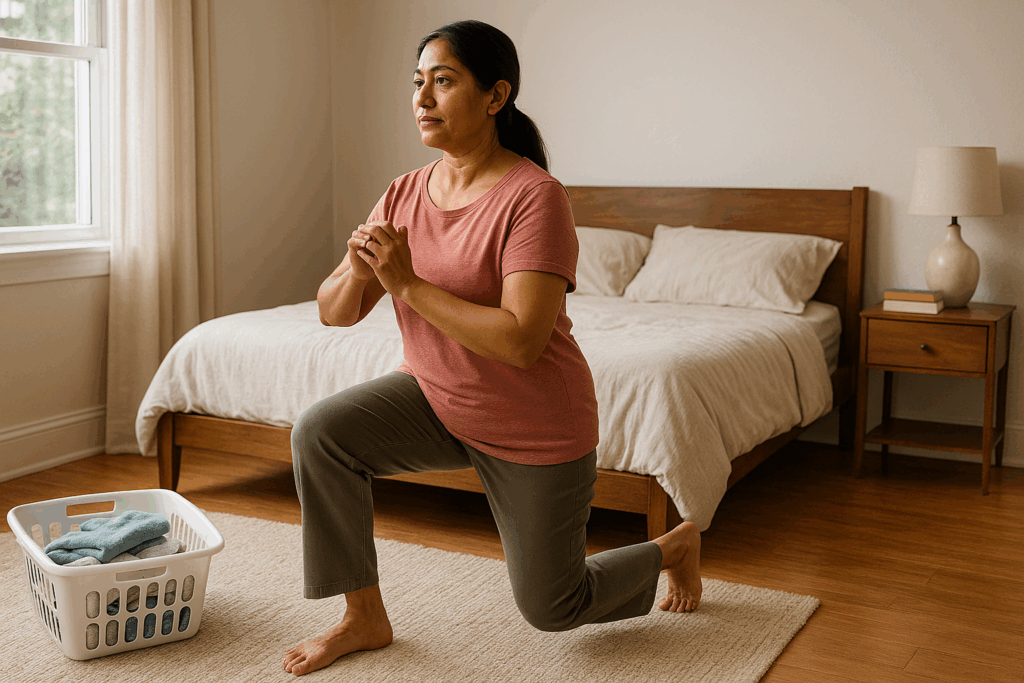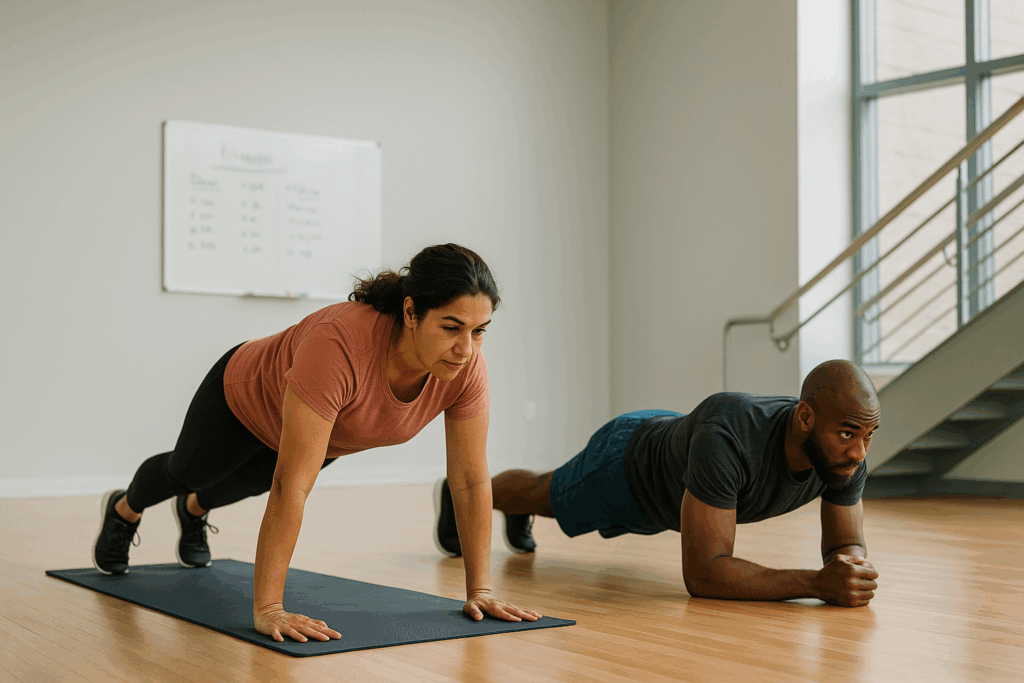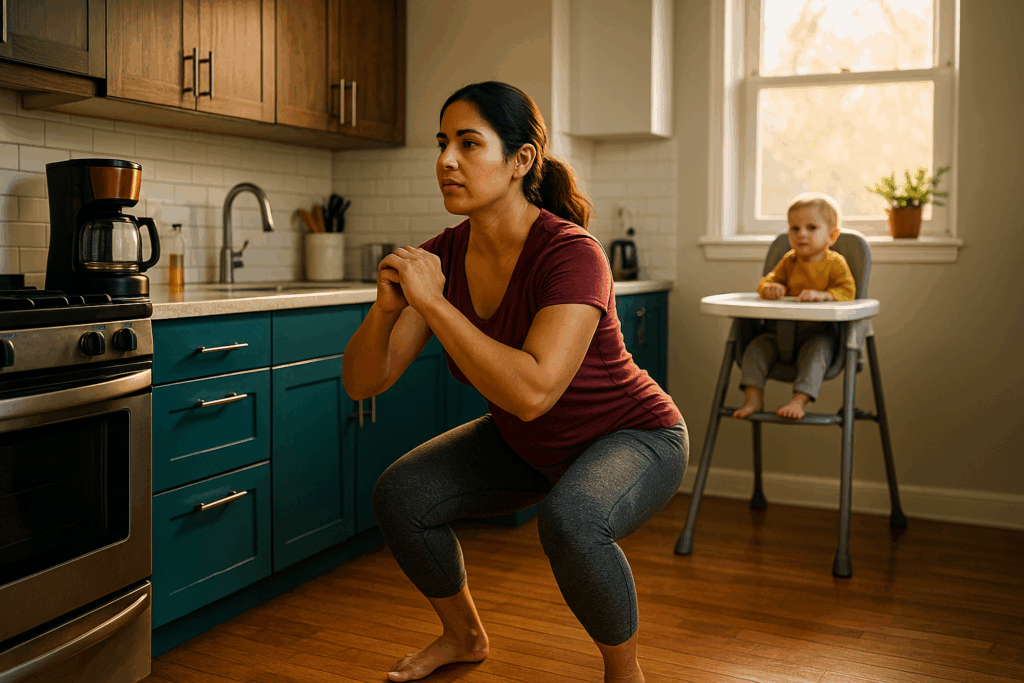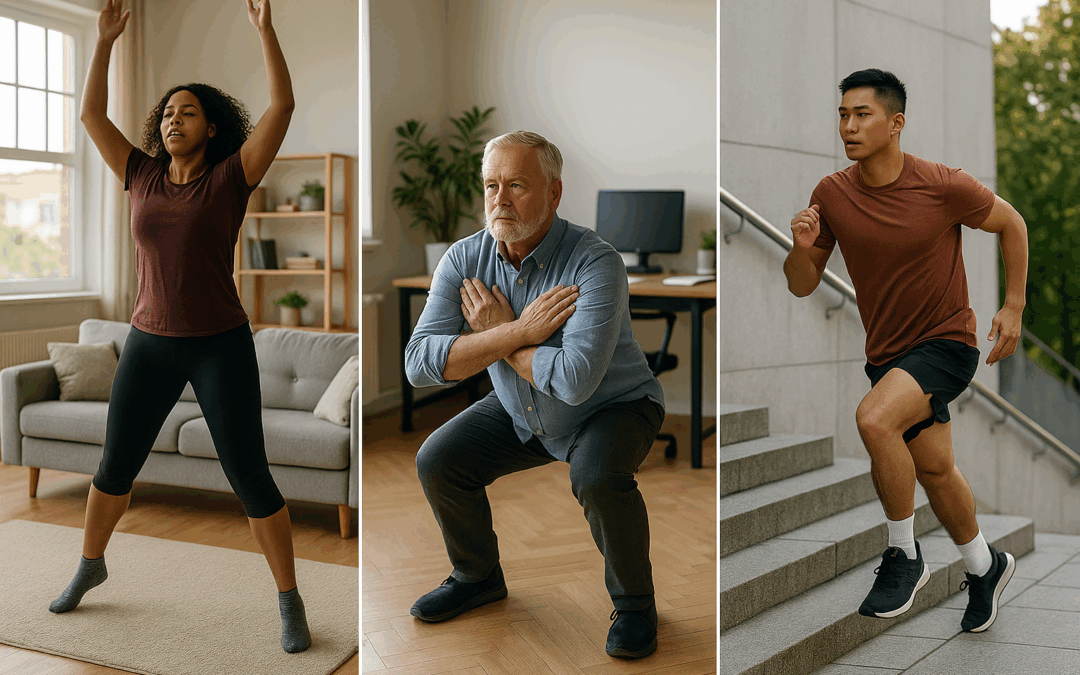No gym membership, no hour-long sessions, no problem. In today’s fast-paced world, finding time to exercise can feel impossible—but what if just four minutes could make a difference? Micro workouts are gaining traction as a realistic alternative for busy schedules. Backed by new research and embraced by fitness experts, these short bursts of movement might be the key to staying fit without rearranging your life.
What Are Micro Workouts?

Micro workouts are ultra-short sessions of physical activity—typically lasting between one to ten minutes—that focus on intensity and efficiency. Think of doing squats during a TV commercial break or a high-intensity set of jumping jacks between Zoom calls. Unlike traditional workouts that span 30 to 60 minutes, micro workouts prioritize quality over quantity. They often involve bodyweight exercises or quick resistance movements that can be done anywhere, anytime.
The appeal lies in their flexibility. You don’t need a gym, special gear, or even a change of clothes. The goal is simple: get your heart rate up and muscles moving, even for just a few minutes. And according to recent studies, that might be enough.
The Science Behind the Sweat

Emerging research shows that micro workouts can significantly impact cardiovascular health, muscle tone, and even mental clarity. A 2022 study published in the Journal of Physiology found that just four minutes of intense stair climbing three times a day improved aerobic fitness in sedentary adults over six weeks. Other studies confirm similar benefits, from better insulin sensitivity to increased endurance.
The science boils down to intensity. Short but vigorous activity stimulates the body much like longer workouts do, especially when performed regularly throughout the day. This phenomenon, called “exercise snacking,” may even help regulate blood pressure and improve mood thanks to endorphin release.
How to Incorporate Them Into Your Day

The beauty of micro workouts is their adaptability. You can tailor them to your schedule, energy level, and fitness goals. Start by identifying small pockets of time—waiting for your coffee to brew, taking a break from the computer, or winding down before bed.
Here are a few simple routines to try:
- 4-minute AM energizer: 30 seconds each of jumping jacks, push-ups, squats, and lunges—repeated twice.
- Desk break boost: 60 seconds of high knees, followed by a wall sit and a set of chair dips.
- Evening unwind: 2 minutes of yoga stretches followed by a plank hold.
Consistency is key. Doing multiple short sessions each day can add up to real fitness gains without the mental barrier of a long workout looming over your head.
Are Micro Workouts Enough?

It depends on your goals. For general health, improved mood, and increased daily activity, micro workouts are an excellent entry point. They help build a routine, eliminate excuses, and reframe fitness as something doable—even on your busiest days.
However, if you’re aiming for specific athletic milestones like running a marathon or serious muscle growth, micro workouts alone may not be sufficient. In that case, they can complement a more comprehensive routine or help maintain fitness on off days.
Ultimately, micro workouts aren’t a gimmick—they’re a gateway. They shift the mindset from “I don’t have time” to “I can move now,” which might be the most powerful benefit of all.

